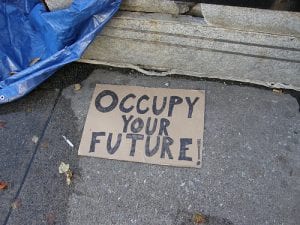
File photo
A few months ago I was scheduled to moderate a panel on how the Occupy movement would affect the foreclosure crisis happening in New York City’s neighborhoods. Like any veteran New York activist would, I seized the chance to snuggle up to a movement that had captured the imagination of progressives throughout the country.
As it turned out, I had to bow out days before the event because of a conflicting appointment, but as the director of a predominately of color-led community organizing group in the Bedford-Stuyvesant/Crown Heights section of Brooklyn, it was hard not to read some larger meaning into this turn of events. Once again Occupy and the activist universe I participated in had crossed paths, but had failed to meaningfully work together.
It’s too bad. We could use each other.
This is not to say that I haven’t had plenty of Occupy moments since protesters first stormed Zuccotti Park back in September 2011. I’ve attended countless Occupy Wall Street actions, one in which I inadvertently came inches away from being arrested. I’ve huddled with some of its self-identified activists and blogged in solidarity with it. And as my organization has looked to fill important staff positions, many of the candidates had extensive Occupy credentials.
What’s more, I’ve become a keen observer of how Occupy has remapped activist geography and culture. Although Occupy no longer dominates political discussions, “mic checks” are routinely invoked at town hall meetings. And everything it seems, from “Education,” to “the Hood,” to “Stop-and-Frisk,” has an “Occupy” tag preceding it, representing the endless areas of issue real estate that the Occupiers have staked out and claimed.
I hope to meet up with an Occupy Bed-Stuy Organize, a group that is “in solidarity” with the Occupy movement, but presently, there is no discrete or consistent set of people, activity, and goals for my organization to sync up with. Which is okay. The more profound problems are found in the ways in which in Occupy and community-based work in Central Brooklyn – whether it be service delivery, community development, grass-roots neighborhood advocacy, or community organizing – are fundamentally at odds with one another.
Put in technological terms, the Occupy movement is to traditional community-based work what smart phones are to desktop computers. Community-based work gains legitimacy and effectiveness from being stationary and having deep, place-specific, roots. In a place like Central Brooklyn, bragging rights accrue to families who have been in the same house for generations, with older Black Central Brooklites who were born and raised here often referred to as being “indigenous” to the area.
In stark contrast, the unique culture of Occupy is mobile, nomadic, irreverent, and modular. Indeed, this non-rootedness is Occupy’s greatest strength, and the very basis of its success.
What further complicates things is the fact that in Central Brooklyn the stereotypical Occupier – 20-something, recently arrived, white, and hip – is indistinguishable from the stereotypical gentrifier. And sometimes the last person who you want regaling you on displacement and economic inequity is the recent NYU graduate filmmaker from Colorado who just moved into the newly renovated Brownstone next door.
All this makes it perhaps too convenient to write off Occupy as too white and too disconnected from the “Black community.” It’s no secret that, while Occupy has had a profound impact on activist culture, and for all its representation of the 99% and disenfranchised, it has not been an animating force among rank and file Black residents in Central Brooklyn, or any other predominately black neighborhood of which I’m aware.
But who are we as Black organizers in Black New York communities to judge? I’ve been working in Central Brooklyn for over 25 years and I’ve seen our own locally grown organizations in Central Brooklyn, many of which have been here for decades, function as political wallpaper. We too often operate innocuously in the background, failing to challenge the status quo or light the imagination of low-income people who have plenty to be angry and mobilized about.
My organization is doing its part to buck this trend building by identifying issues of importance to local people and mobilizing them to change local and regional policies. But homegrown, membership-based, direct-action organizing groups are rare in Central Brooklyn, especially those run by us “indigenous” people. And ultimately, foundation support and nonprofit structures we work within do more to circumscribe and contain neighborhood power than unleash it.
Not surprisingly, the most effective actions I’ve seen in this neighborhood – from defending public schools, to rallying behind people in danger of foreclosure – have been organized by people and grassroots bodies operating outside of established non profits structures. Meanwhile, the kind of decentralization and exhaustive participatory democracy valued by Occupy is virtually unthinkable in most community-based organizations.
It’s tempting to ask whether the media, labor unions, and philanthropists alike would have lavished as much attention on a group of middle-aged, unemployed, non-college educated, black folks camping out in Zuccotti Park. Perhaps it’s not even a fair question. The more relevant one is, what can veteran community-based activists of color in New York learn, say, from Occupy’s ability to politicize and activate legions of true believers? What can we crib from their communications and messaging savvy, tactical creativity, and their genius in harnessing of righteous indignation? How do we decentralize our organizations, throw off the trappings of non-profit status, and trust democracy more? How do we build a sense of community beyond neighborhood boundaries and connect local issues to national struggle and outrage?
These are lessons I hope to study in my own organization as we bring Occupiers into our fold and collaborate with Occupy’s new incarnations, especially now that Zuccotti is behind us. The point is, the Occupy Movement is not activism 2.0, at least not in Central Brooklyn. Rather, those of us with a legacy of neighborhood action and a lived understanding of racial justice must become the next generation of Occupy.

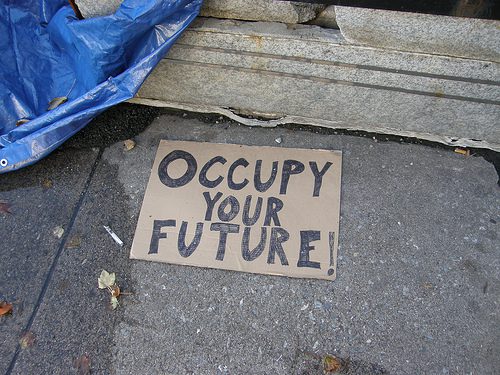
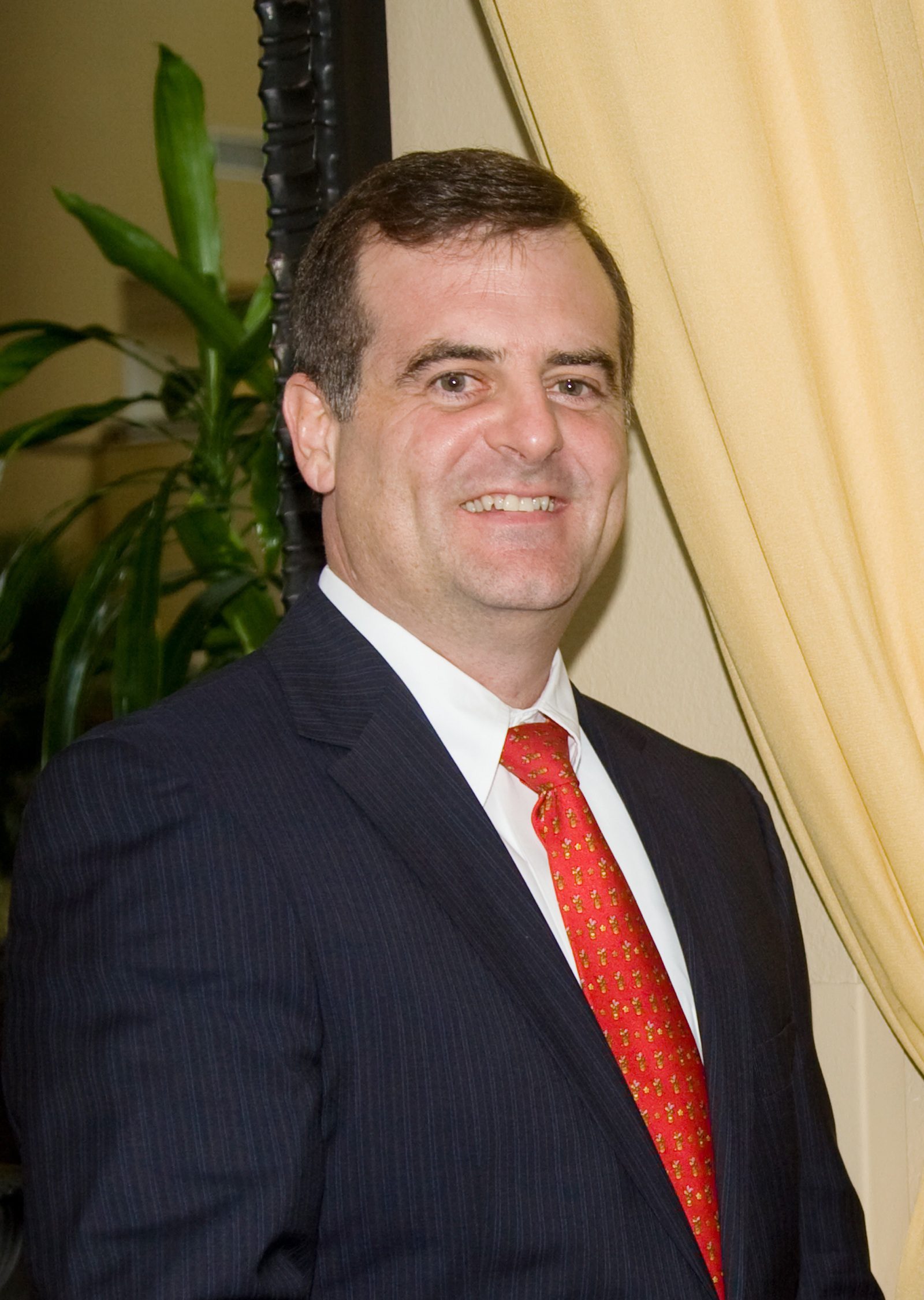
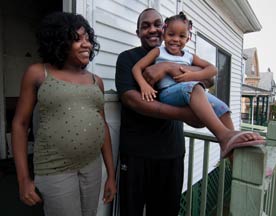
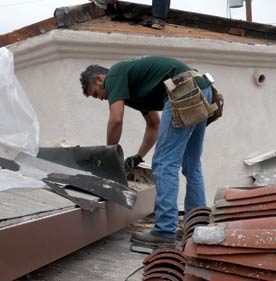
Comments